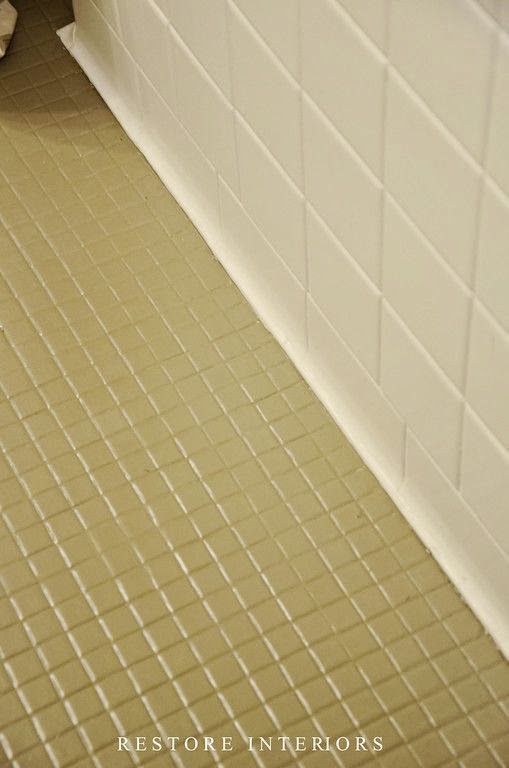I want to use Annie Sloan's Crackle Medium called
Craqueleur on a project I am going to work on and since I've not used it much I decided to paint a sample board first. For those of you who have taken my Workshops, you know that I always talk about trying out a new project first on a sample board. It's simply the best way to test a color or finish without committing to an entire piece.
Since I've just returned from the beach, I am thinking of beach blues and greens so I've picked Chalk Paint® in Louis Blue and Greek Blue for my color palette.
To give the piece some depth, I painted a first coat of Greek Blue, let dry and then a second coat of the Louis Blue. I wasn't trying to actually see the Greek Blue, but like the way it gives some depth to the Louis Blue. (Try this with any two colors that are similar in tone.) When this dries, we are ready for the Craqueleur.
Annie's
Craqueleur is a bit different from what you might be used to as a crackle finish in that this product involves the application of two transparent varnishes, the second of which cracks. It doesn't work on the underlying paint but rather creates a topcoat surface that crackles, a look more like what you would see on an old oil painting or ironstone china rather than actually cracking the paint. To achieve this look you will need both Step One and Step Two. Both are transparent and allow you to see the paint colors beneath.
You can vary the size of the crackles by varying the amount of the
Craqueleur applied - thicker results in larger crackles and thinner in finer crackles. After the paint had dried, I applied a thicker coat of Step One to the left side of the sample board and a lighter coat to the right side and then let dry.
Then I applied Step Two to both sides, also thicker on the left than on the right. As the Step Two dries, you will begin to see the crackles. You can let it dry naturally or, as I did, use a hairdryer to speed the process.
It's a good idea to test this particular product so you are sure as to the right thickness of each of the steps. I've applied it thinly to one half and thickly to the other just to see the difference, as I mentioned.
As a final step, I applied Soft Dark Wax to accentuate the crackle. Although you don't have to use the Dark Wax, I think it adds to the look greatly. Here's the finished sample board.
You can see the larger cracks where I applied the
Craqueleur thickly on the left side of the board and the smaller ones where I applied it a little more thinly on the right.
Large crackles - with Dark Wax and without. You can see how the Soft Dark Wax really accentuates the crackles.
Smaller crackles - with Dark Wax and without.
Think I'm ready for my project!
Chalk Paint® and supplies are available at my two shops:
4323 Irvington Rd., Irvington, VA and
19 S. Belmont Ave. (in the heart of Carytown), Richmond, VA
Want to see more? Find Rachel on:














